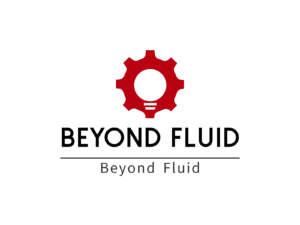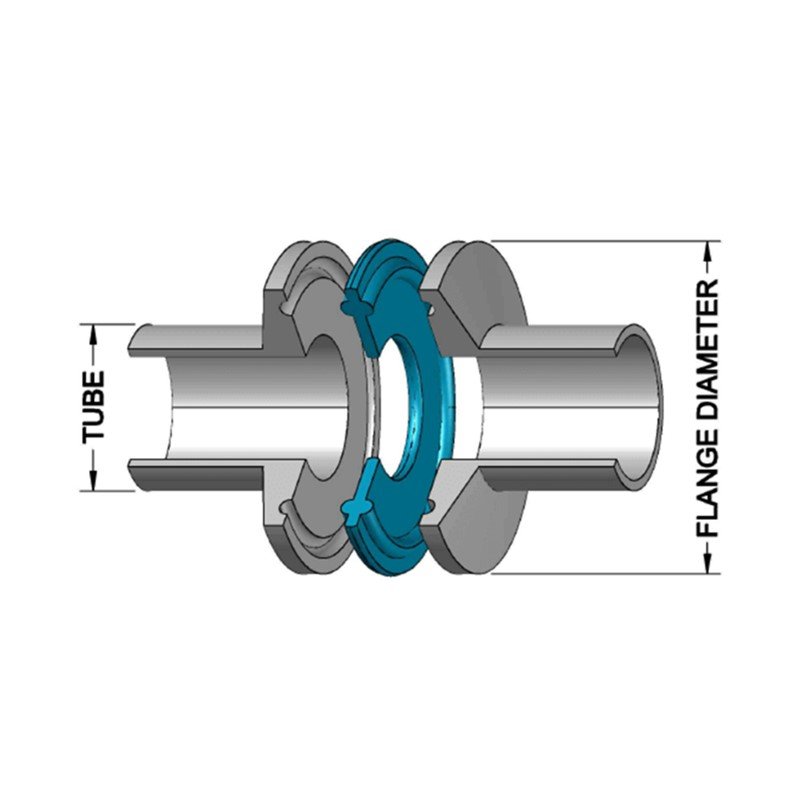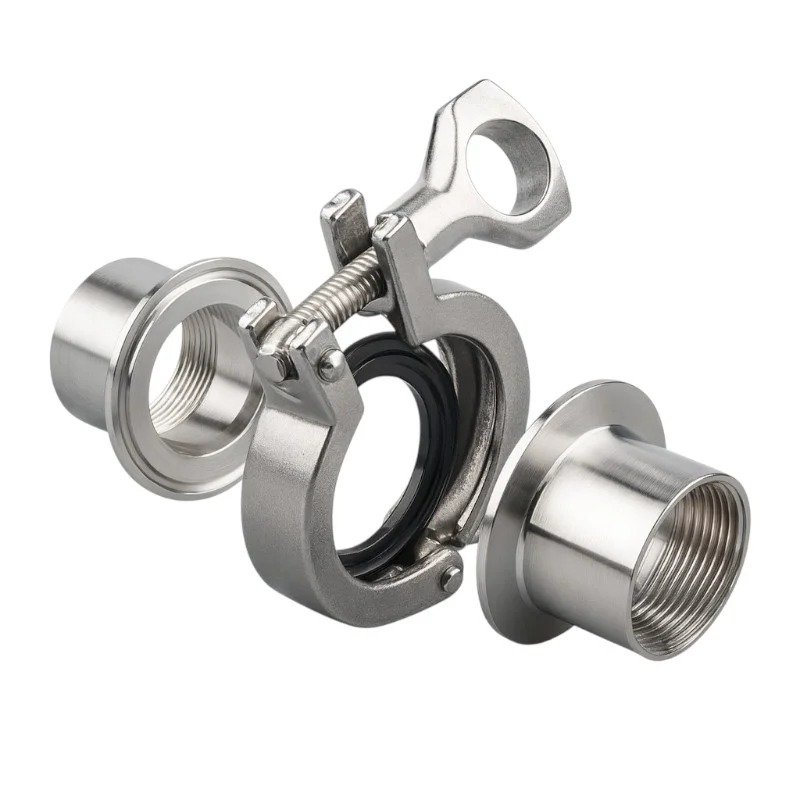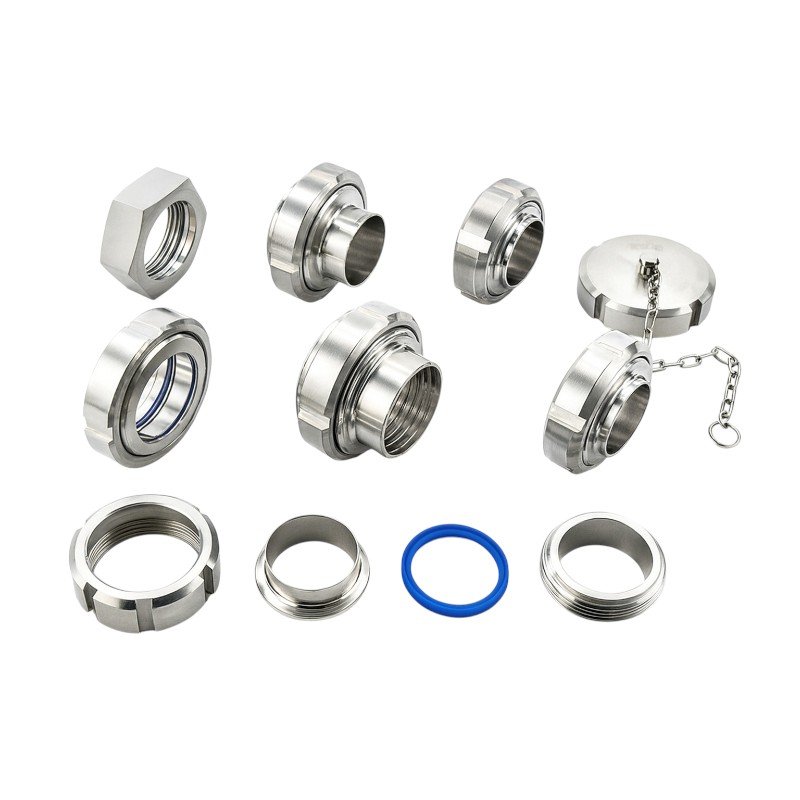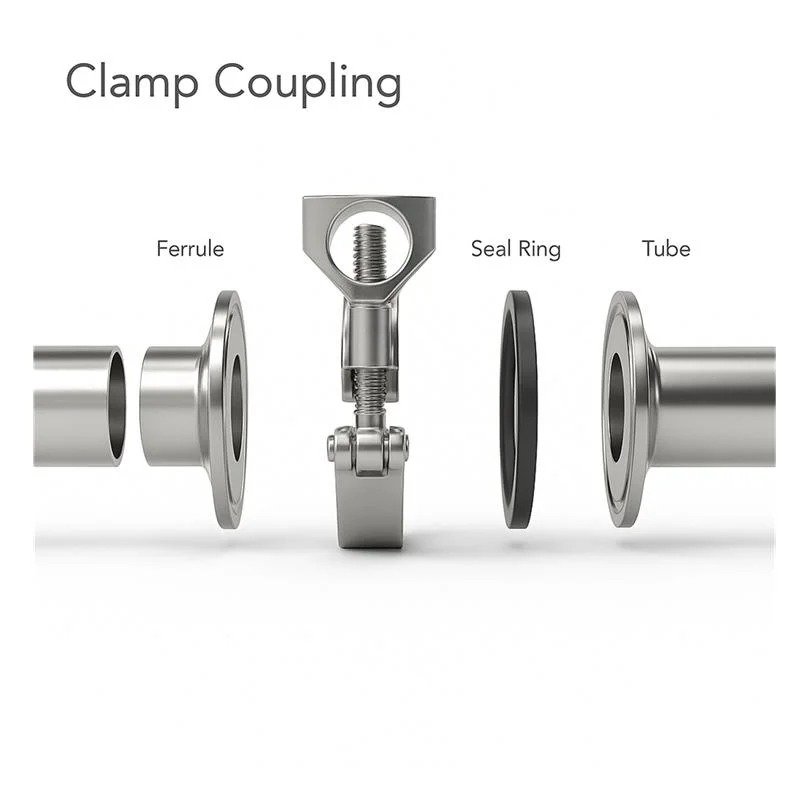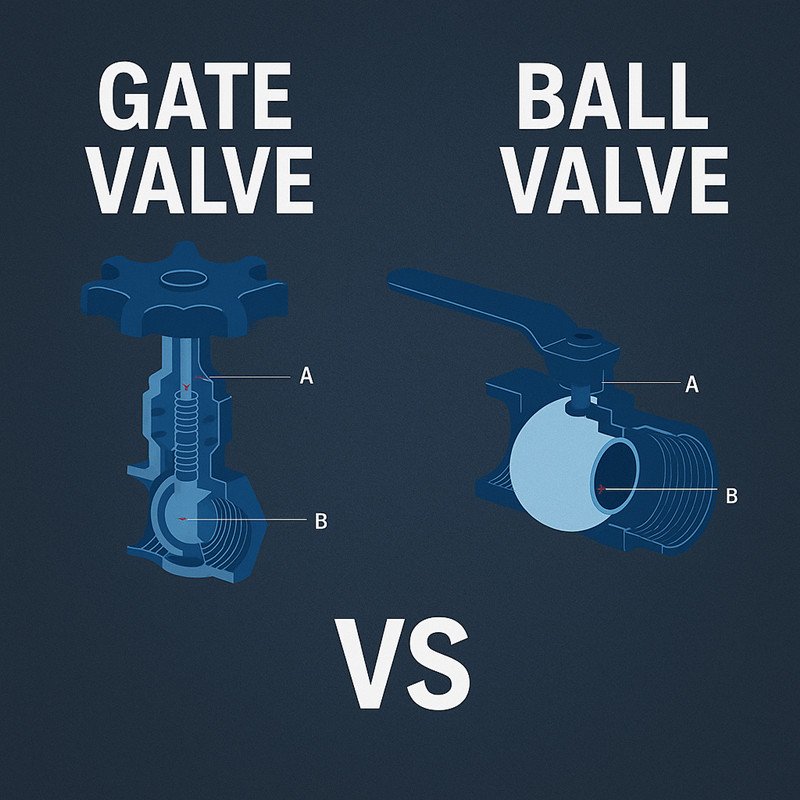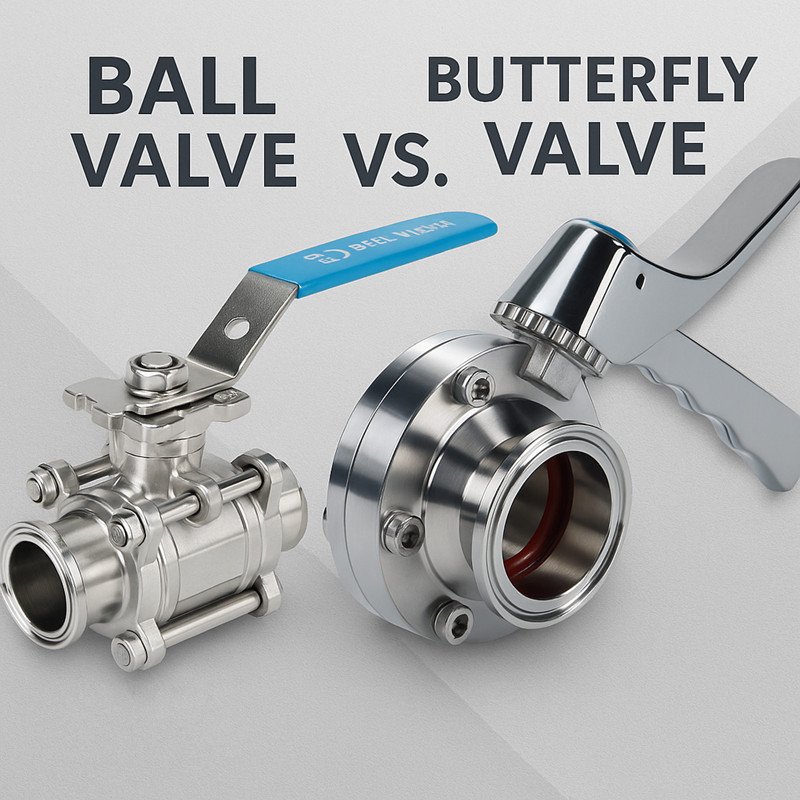
Instrumentation valves are essential components in industrial processes, used to control, direct, and regulate the flow of liquids, gases, or slurries in pipelines. Their importance cannot be overstated, as they ensure the safety, efficiency, and reliability of critical systems in various industries, such as oil and gas, pharmaceuticals, and power generation.
Understanding the different types of instrumentation valves is key to ensuring optimal system performance.
From regulating flow rates to providing safety mechanisms, choosing the right valve for specific applications is vital. In this article, we’ll dive into the various types of valves used in instrumentation, their characteristics, applications, and the factors to consider when selecting and maintaining them.
What are the different types of instrumentation valves?
Instrumentation valves come in different types, each serving specific functions and offering unique advantages. Let’s explore some of the most common valve types used in instrumentation systems.
Needle Valves: Characteristics, Applications, Advantages, and Disadvantages

Needle valves are precision valves used to regulate flow rates. They are designed with a long, tapered needle-like plunger that fits into a seat, allowing fine control over the flow. Needle valves are essential in applications where low flow rates need to be precisely managed.
Characteristics:
- Fine flow control: Needle valves offer precise control over the flow of fluids or gases.
- Needle design: The needle-shaped stem allows for minimal leakage, even at low flow rates.
Applications:
- Flow control: Used in systems requiring precise flow measurement, such as in gas or liquid pipelines.
- Pressure control: Often used in applications where pressure needs to be monitored or controlled, such as in instrumentation and chemical analysis.
Advantages:
- High precision in flow control.
- Can handle low flow rates effectively.
Disadvantages:
- Not suitable for high flow rates.
- May cause wear and tear over time if used incorrectly.
Ball Valves: Characteristics, Applications, Advantages, and Disadvantages
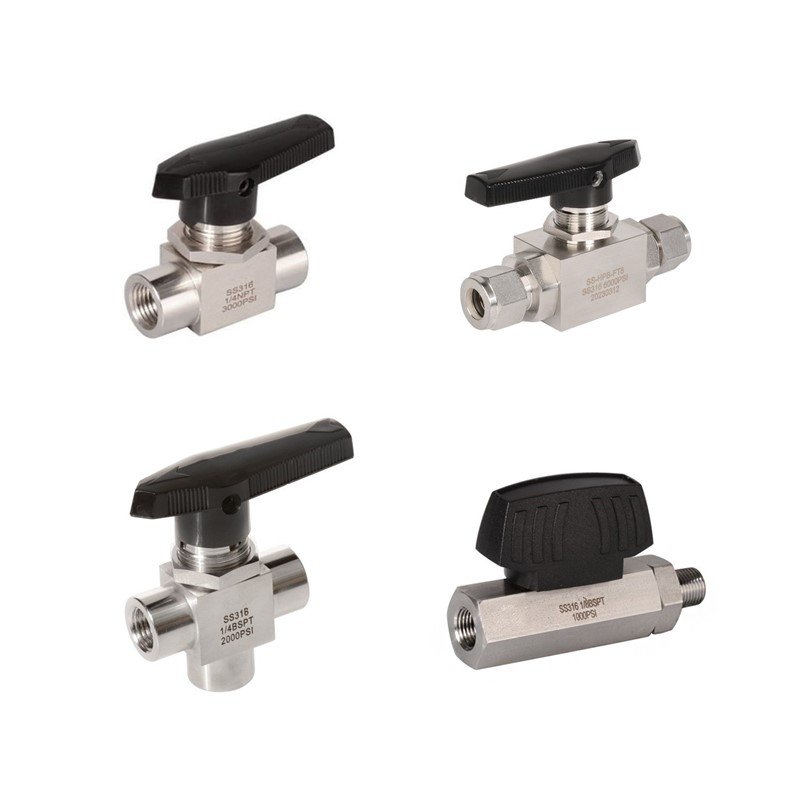
Ball valves are one of the most commonly used types in instrumentation systems. These valves use a spherical ball with a hole through the center to control the flow. By rotating the ball, the flow is either allowed or blocked.
Characteristics:
- Quarter-turn operation: Ball valves require only a 90-degree turn to open or close.
- High flow capacity: Ideal for systems with high flow rates.
Applications:
- Flow isolation: Ball valves are widely used for isolating systems, especially in pipelines that need to be shut off quickly.
- On/off control: Often used for simple on/off flow control.
Advantages:
- Fast and simple operation.
- Durable and reliable in various flow applications.
Disadvantages:
- Limited throttling capability.
- May experience leakage in high-pressure or high-temperature systems.
Manifold Valves: Characteristics, Applications, Advantages, and Disadvantages

Manifold valves are designed to combine several functions into one compact unit. These valves are particularly useful in systems that require multiple connections for pressure monitoring, isolation, and venting.
Characteristics:
- Multiple functions: Typically include isolation, venting, and drain ports in one device.
- Compact design: Saves space and reduces the need for multiple valves.
Applications:
- Pressure instrumentation: Used in systems for measuring and controlling pressure, such as in hydraulic or pneumatic systems.
- Flow distribution: Used in applications where multiple lines or connections are needed for fluid distribution.
Advantages:
- Space-saving design.
- Simplified installation and maintenance.
Disadvantages:
- More complex than single-function valves.
- May have higher initial cost due to multifunctionality.
Safety Valves: Characteristics, Applications, Advantages, and Disadvantages

Safety valves are critical components designed to protect equipment and systems from overpressure. When pressure exceeds safe limits, safety valves automatically open to relieve pressure and prevent damage to the system.
Characteristics:
- Automatic operation: Safety valves open automatically when preset pressure limits are exceeded.
- Relief function: Helps prevent catastrophic damage from overpressure situations.
Applications:
- Pressure relief: Commonly used in pressure vessels, boilers, and pipelines.
- System protection: Ensures the safety of equipment by preventing overpressure conditions.
Advantages:
- Prevents equipment damage and catastrophic failures.
- Reliable, with minimal human intervention.
Disadvantages:
- Requires regular testing to ensure proper functioning.
- May need to be replaced periodically if worn out.
Materials Used in Instrumentation Valves: Key Considerations
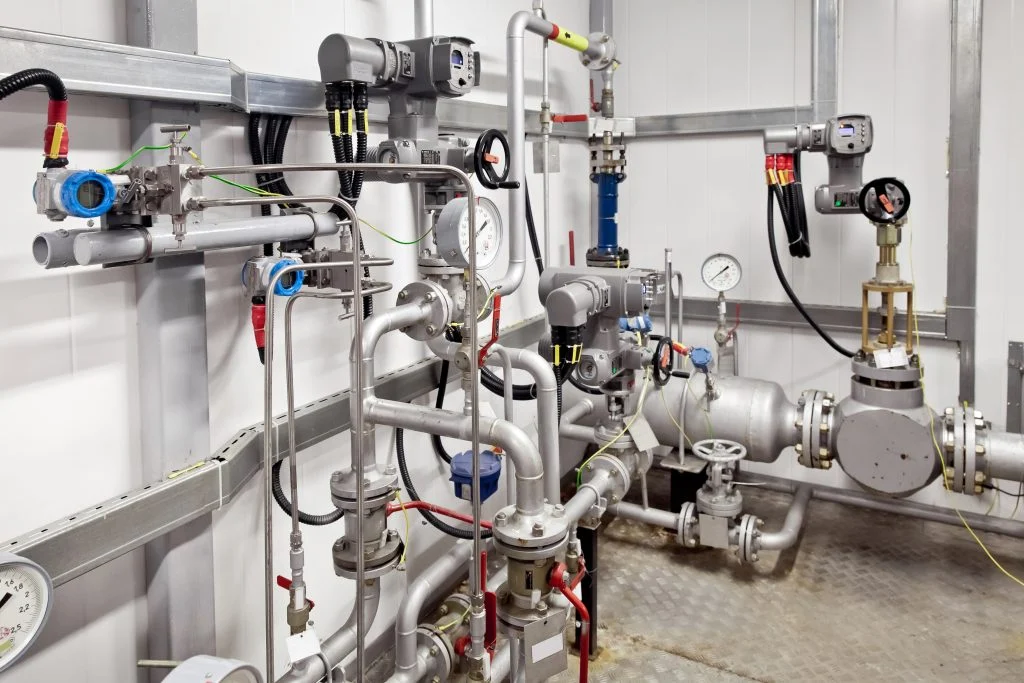
The materials used in manufacturing instrumentation valves are crucial to their performance. Different materials offer varying degrees of corrosion resistance, strength, and durability. Let’s examine some of the most common materials used in instrumentation valve construction.
Common Materials for Instrumentation Valves
| Material | Characteristics | Suitable Applications |
|---|---|---|
| Stainless Steel | Corrosion-resistant, durable, high strength | Ideal for harsh environments like chemicals, oil and gas. |
| Copper | Excellent thermal and electrical conductivity | Often used in heat exchangers and systems requiring good heat transfer. |
| Alloy Steel | High strength, good for high-pressure systems | Suitable for high-temperature and high-pressure applications. |
| Brass | Corrosion-resistant, good for low-pressure systems | Common in water and gas systems, especially in domestic applications. |
Choosing the Right Material for Your Application
When selecting a valve, it is essential to choose the material based on the working environment. For example, stainless steel valves are preferred for chemical and petrochemical industries due to their resistance to corrosion. In contrast, brass is often chosen for low-pressure water applications.
Valve Selection Guide: Key Considerations
Selecting the right instrumentation valve can be challenging, as multiple factors must be considered. Below is a simple guide to help you choose the best valve for your system.
Factors to Consider:
- Pressure and Temperature: Ensure that the valve material and design can withstand the pressure and temperature of the system.
- Flow Rate: Choose a valve that can accommodate the required flow without causing excessive pressure drop.
- Fluid Type: Consider the chemical properties of the fluid (e.g., corrosive, abrasive) when choosing a valve material.
- Application Purpose: Whether it is for flow control, isolation, or pressure relief, choose a valve that meets the specific function needed.
Valve Installation and Maintenance Tips
Proper installation and maintenance are essential for ensuring the longevity and performance of instrumentation valves. Here are a few tips to help you with installation and upkeep:
Installation Tips:
- Always follow the manufacturer’s instructions for installation.
- Ensure the valve is oriented in the correct direction to match the flow of fluid.
- Check that all connections are tight and leak-free.
Maintenance Tips:
- Perform regular inspections to check for signs of wear, corrosion, or leaks.
- Lubricate moving parts to ensure smooth operation.
- Replace faulty valves promptly to prevent system failure.
Frequently Asked Questions (FAQ)
Q1: How do I choose between a ball valve and a needle valve?
A1: If you need to control flow rates precisely, a needle valve is ideal. For simple on/off control, a ball valve is more suitable.
Q2: Can manifold valves replace multiple individual valves?
A2: Yes, manifold valves combine multiple functions, saving space and reducing installation time.
Q3: How often should safety valves be tested?
A3: Safety valves should be tested periodically as per manufacturer guidelines, typically every 6-12 months, to ensure they function correctly.
Conclusion
Choosing the right type of valve for your instrumentation system depends on various factors such as flow requirements, pressure limits, and the type of fluid being handled. Following best practices in material selection, installation, and maintenance ensures long-term reliability and performance of your system.
For any further guidance, feel free to reach out to us at Beyond Fluid – your trusted supplier of high-quality stainless steel valves and fittings.

